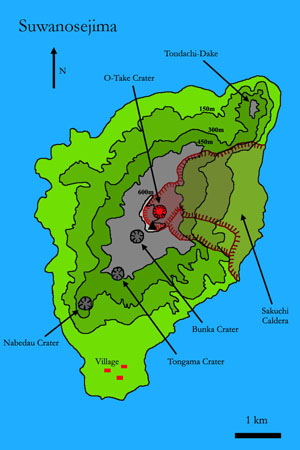
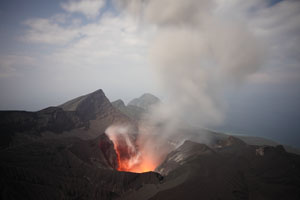
 |
 |
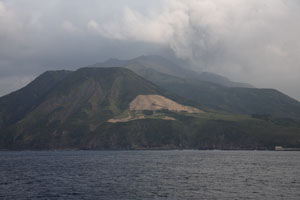 |
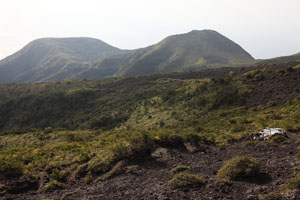 |
|
Suwanose Island, view from SSW, Nabedau crater on left |
Suwanosejima, Nabedau crater, view from ENE |
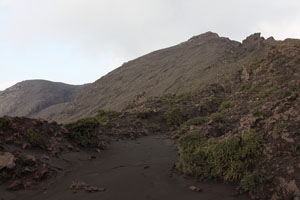 |
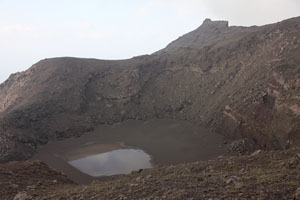 |
|
Suwanosejima, fissure region between Tongama, Otake craters |
Suwanosejima, Bunka Crater, view from SE |
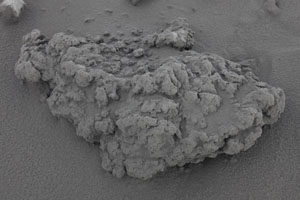 |
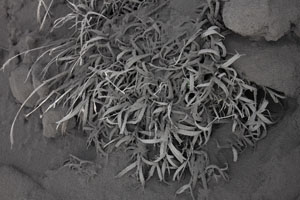 |
|
Suwanosejima, lava bomb covered in fresh ash |
Suwanosejima, plant coated in ash |
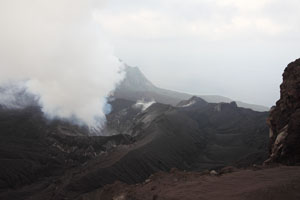 |
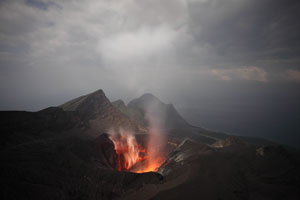 |
|
Suwanosejima, Sakuchi Caldera |
Suwanosejima, nighttime view, Sakuchi Caldera |
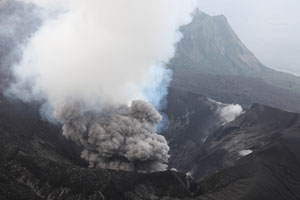 |
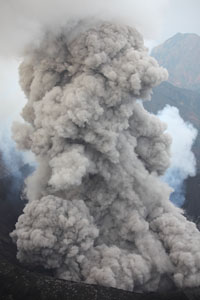 |
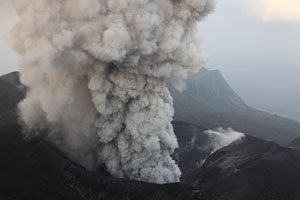 |
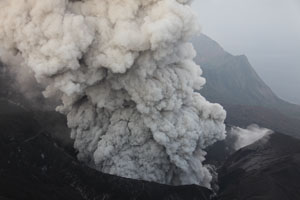 |
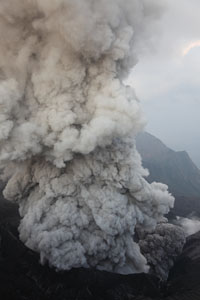 |
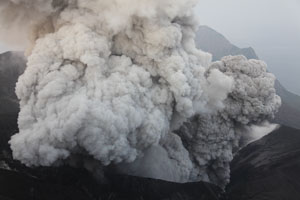 |
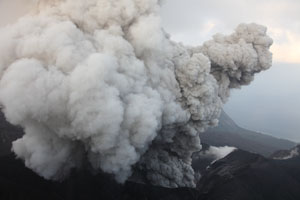 |
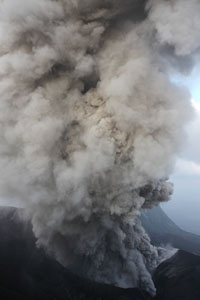 |
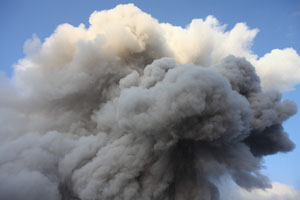 |
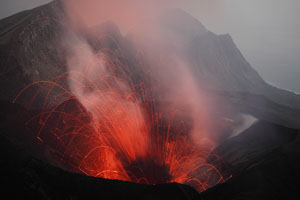 |
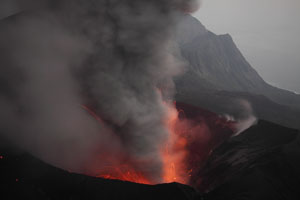 |
|
Vulcanian Explosion |
Sustained Ash Venting |
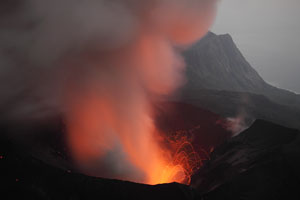 |
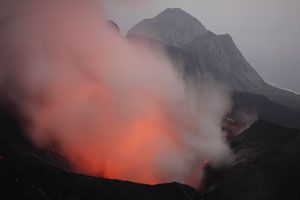 |
|
Ash, Gas venting, strombolian activity at base |
Intense degassing, gas cloud lit by strombolian activity within |
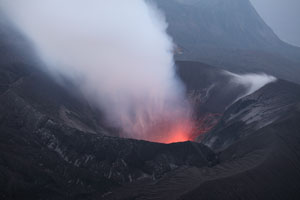 |
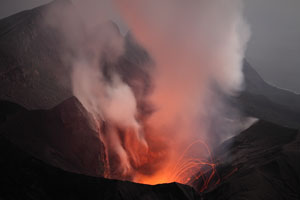 |
|
Suwanosejima, view at dusk |
Fumarolic activity, vent degassing, strombolian activity |
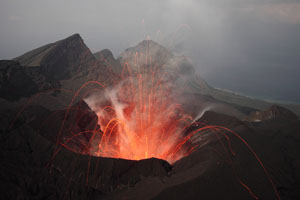 |
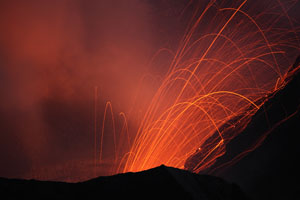 |
|
Minor Vulcanian explosion (approx. 00:35, Dec.30, 2009) |
Close-up strombolian activity |
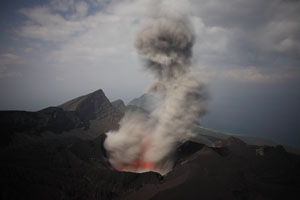 |
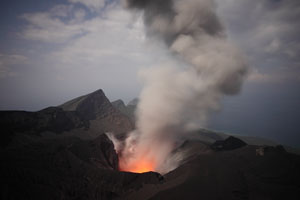 |
|
Ash cloud rising after 00:35 explosion |
Ash cloud rising after 00:35 explosion |
 |
|
Morning silhouette of Suwanose Island viewed from SW. Tondachi-dake on left, other craters aligned in center. |
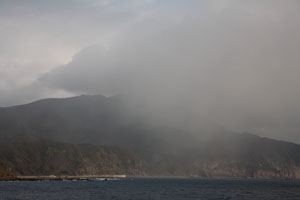 |
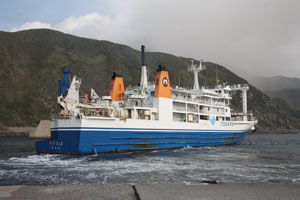 |
|
View N over SE dock, note ashfall |
Tokara ferry departing, note ashfall top right |
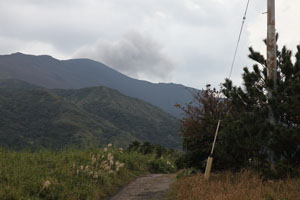 |
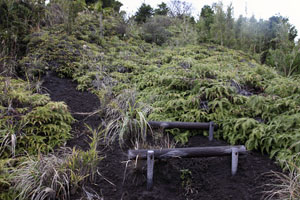 |
|
View from campsite, note minor ash emission |
Eroded steps and vegetation covering remains of path |